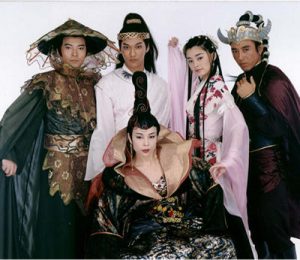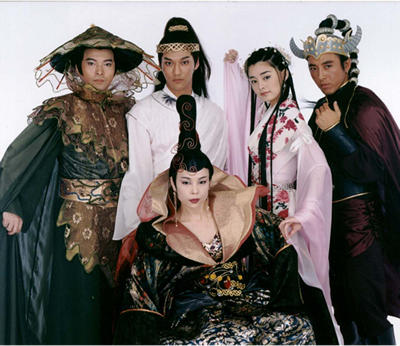China is considered to be the oldest civilizations of the world. It is assumed that ancient China existed about 5000 to 500,000 years ago. The first Chinese civilization is believed to have originated in the Yellow River valley, in the Neolithic era.
Ancient China has had huge contributions in various fields that include science, astronomy, medicine, mathematics, and physics. Talking of contributions, we shall not forget its four major inventions, namely, the compass, gunpowder, paper, and printing. Ancient China’s contributions to the human society in many other fields such as were also extensive and impressive.
However, the ancient China culture tended to be inward-looking. Name “China” is “Zhong Guo” in Chinese spelling, meaning “center land” or “middle kingdom” in translation; all others are interestingly termed as “Waiguoren”, meaning “people from outside land” or “barbarians”.
Let’s Take a Look at Some Aspects of the Ancient Chinese Culture.
Arts in ancient China Culture:
The Chinese traditional arts represent the country’s rich heritage. Chinese arts were prevalent since the Neolithic period. In those times, jade and pottery formed the basis of Chinese arts. Bronze was introduced only in the Shang dynasty. Chinese porcelain (a form of ceramic ware), which is famous worldwide was used during the Imperial era. The Yuan dynasty is a remarkable phase of Ancient Chinese Culture, marked by great paintings of Zhao Mengfu and beginning of Chinese opera. With the advent of Imperial era, performing arts like theater and dances were also introduced in China.
Architecture in Ancient China:
Ancient Chinese architecture is the most magnificent and splendid aspect of Ancient Chinese Culture. As we talk about that, we can’t ignore the thought of the Great Wall of China that was completed during the Ming dynasty. The importance of Dragon (Long) and Phoenix (Feng) was also reflected in the Chinese architecture.
The palaces and walls were carved with symbols of the dragon, believed to be a representation of the emperors. An interesting fact about the Chinese architecture is that since the number nine was regarded lucky, the architectures were designed in such a way that the palaces had nine sections of sizes in multiples of nine.
Clothing Tradition in Ancient China:
Archaeological evidence has shown the presence of bone sewing machines, ornamental shells and stone beads as early as 18,000 years ago. The pre 17th-century ancient Chinese clothing or the Han Chinese clothing has a long history in terms of the clothing worn. The Shang dynasty saw 2 basic styles-The Yi and the Shang. It was during the Sui and the Tang dynasty, one saw the acceptance of more ideas.

The ancient Chinese dress was divided into 3 patterns-The Pien-fu (two pieces ceremonial costume) and the Shen-i and the Ch’ang-P’ao (long dress).The ancient Chinese clothing used minimal stitches on the fabric. The structure was plain with a wide use of embroidery and silk sashes to add to the design of the dress. The intricate and beautiful embroidery, mainly of animal prints, was called the Buzi and was seen in the Ming and Qing Dynasty.
The various animals that were used also symbolized the rank of the officers who wore them. In Ancient Chinese Culture, specific types of dress and colors are worn at specific times. Traditionally, darker colored clothing, accented with embroidery and woven tapestry designs, are used for ceremonies, while lighter colors are worn around the house.
